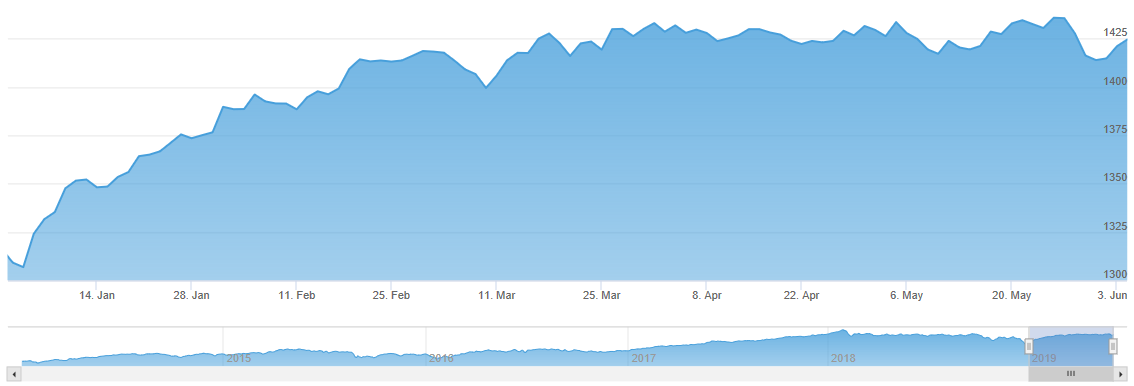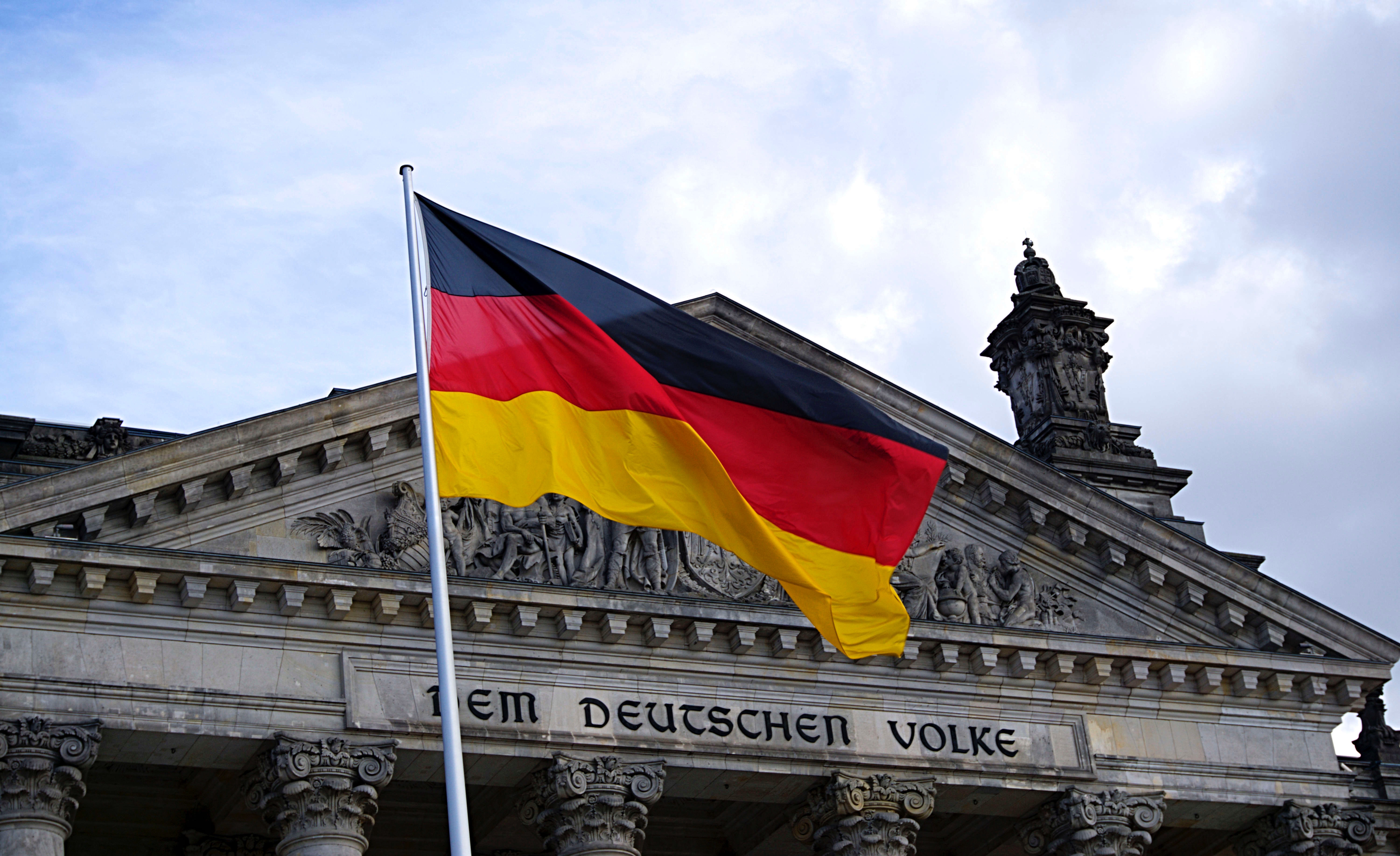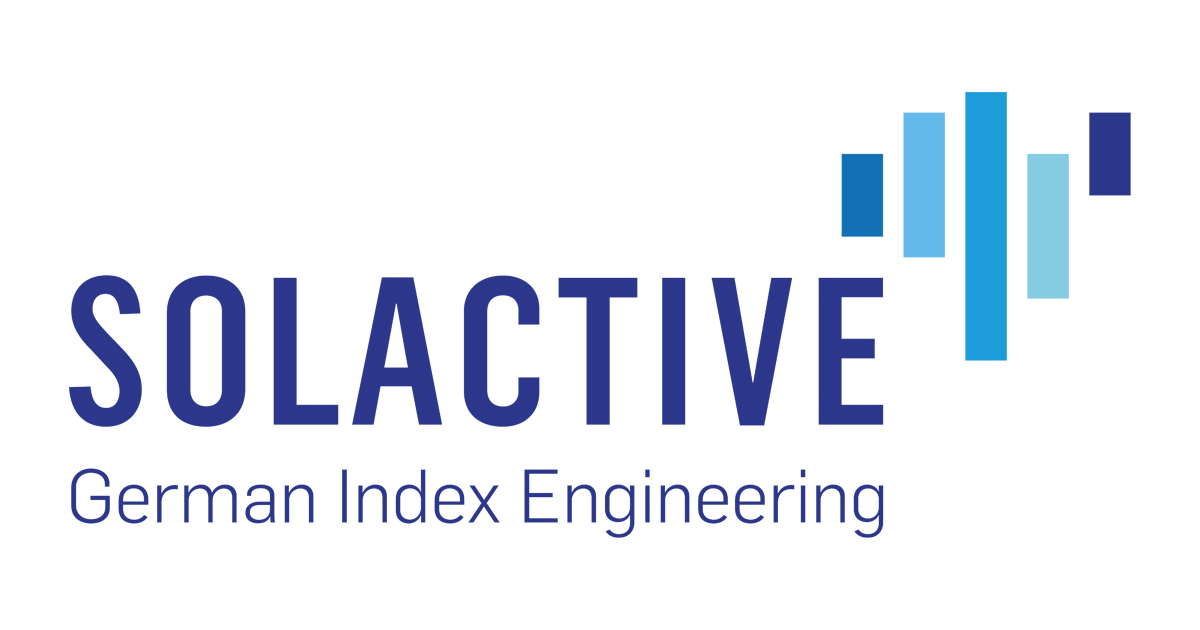Frankfurt-based index provider Solactive has released a reduced beta and volatility index in its bid to manage risk exposures without crippling returns.
Following a partnership with research and development company CIMalgo AB, Solactive has launched the Solactive CIMalgo Wedge R100 index. The index offers exposure to the global equity market while using an algorithm to reduce the portfolio’s beta and volatility.
The index tracks the price movements of 100 global companies, equally weighted, while incorporating CIMalgo’s quantitative strategies. Some of the index’s holdings include chocolate company Hersheys, Cboe Global Markets, Telekom Austria and Nomura Real Estate Master Fund.
Solactive and CIMalgo argue that a reduction in the risk of a portfolio should not result in reduced returns. Therefore, a binary differential evolution algorithm is applied to the initial 2000-strong population which removes the least qualified companies.
The next step in the index’s methodology uses change-point detection to calculate each security’s volatility amplitudes and only includes securities which surpass the threshold.
Leif G Bohman, CEO & founder of CIMalgo, said: “The objective of the Solactive CIMalgo Wedge R100 index is to significantly outperform leading global indices by an optimized covariation model to deliver sustainable Alpha by reducing the model’s Beta and volatility from a global universe of 2000 Blue - Chip high liquidity stocks and without any market or sector bias.”
Solactive also released a white paper in May comparing the performances of bond indices weighted by GDP values rather than the more common market cap weighting.
Solactive CIMalgo Wedge R100 Index’s YTD Performance

Source: Solactive
The Solactive CIMalgo Wedge R100 index back-tested data shows the index had a significantly positive start to 2019. The index saw a rise of 9.2% over the first quarter of this year but has plateaued since the end of March.
This is not necessarily a bad thing as the S&P 500 has fallen 2.2% over the same period whereas this R100 index has managed to minimise its losses as a result of its beta and volatility reducing methodology.
Despite an underwhelming Q2 2019 so far, the index has an increased net asset value of 8.8% year-to-date.




